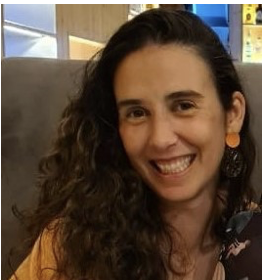Working Group 2
Extension to other gut compartments and host interactions
Objectives and Activities
WG2 aims to expand the application of in vitro gut models beyond the colon by integrating microbiota-host interactions across various gastrointestinal compartments and target organs. This includes exploring models that connect upper GI regions (oral cavity, stomach, small intestine) with the colon, integrating host cells (intestinal, hepatic, pulmonary, neural), and incorporating in silico tools for predictive modelling. WG2 also addresses the miniaturization of models to allow for high-throughput screening and focuses on evaluating the in vitro–in vivo correlation (IVIVC) of these systems. This integrated approach will foster the development of physiologically representative models that can better mimic host–microbiome dynamics in both health and disease.
Working group leaders


Clarisse Nobre
WG2 Leader


Anthony Buckley
WG2 Co-leader
Tasks
Connection to upper GI tract
Coupling with host cells
Miniaturization of in vitro models
In silico gut models
In vitro–in vivo correlations (IVIVC)
Deliverables
Map of the current in vitro models integrating microbiota in the upper GI tract + peer-reviewed publication – Due time at month15
Report on guidelines to implement microbiota in upper GI tract in vitro models – Due time at month 21
Report on guidelines to couple upper/lower GI tract models and/or host cells – Due time at month 30
Symposium/training for young scientists on WG2 activities – Due time at month 36